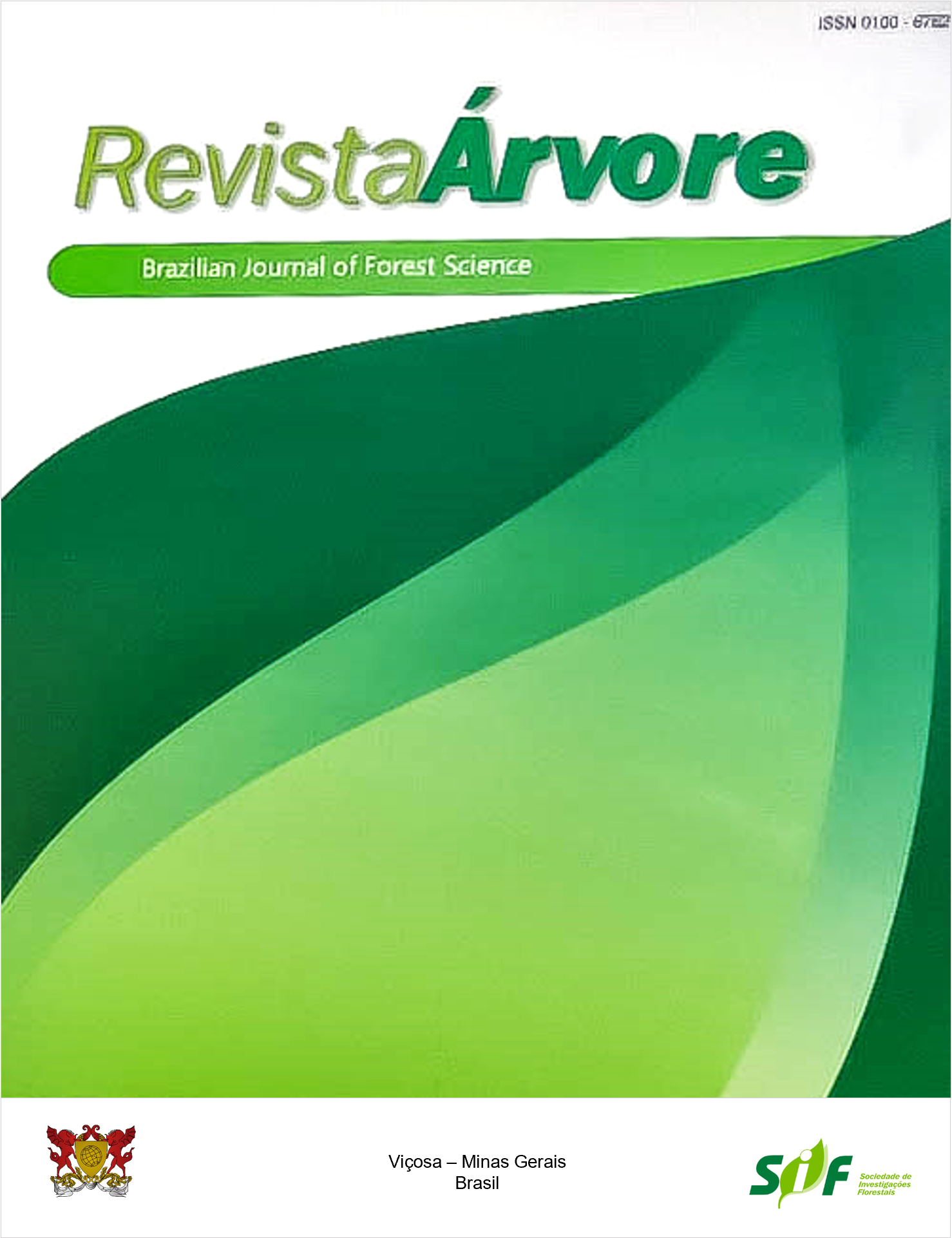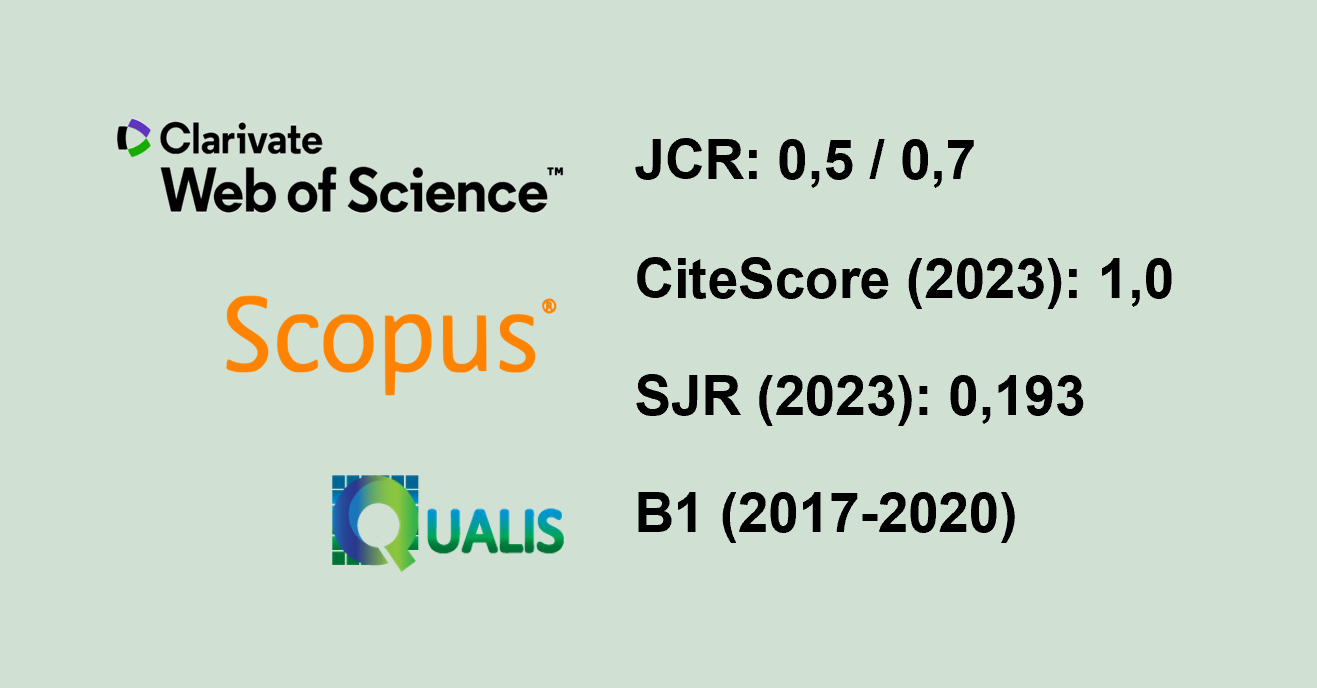HISTOLOGICAL ANALYSIS OF INDIRECT SOMATIC EMBRYOGENESIS INDUCED FROM ROOT EXPLATS OF OIL PALM (Elaeis guineensis Jacq)
Keywords:
Elaeis guineensis, plant tissue culture, callusAbstract
Oil palm is economically important as a crop with high oil production. Indirect somatic embryogenesis in oil palm requires a long time for callus induction and plant formation, and it is important to study the embryogenic potential of calli and the mechanisms of somatic embryogenesis. The aim of this study was to test different growth regulators and spermine in induction of embryogenic calli in root explants of oil palm (Elaeis guineensis Jacq). Apex root explants of approximately 0.5 cm were isolated from plants cultivated in vitro and inoculated in Y3 culture medium in the following treatments: A - without growth regulators; B - 1 mg.L-1 picloram (4-amino-3,5,6-trichloro-2-pyridinecarboxylic acid); C - 1 mg.L-1 picloram and 2 mg.L-1 2ip (2-isopentenyladenine); D - 2 mg.L-1 2ip; E - 1 mg.L-1 picloram and 2 mg.L-1 BAP (6-benzylaminopurine); F - 2 mg.L-1 BAP; and G - 14.5 mg.L-1 spermine. After six months of culturing, the calli induced in the treatments were analyzed by light microscopy. The calli induced in the treatments with 1 mg.L-1picloram (B) and treatment with 14.5 mg.L-1spermine (G) exhibited embryogenic characteristics, small and isodiametric cells, forming agglomerates, besides a large amount of starch. Calli of the best treatment (Y3 com 1 mg.L-1 de picloram) were inoculated in Y3 culture medium without addition of growth regulators. After eight months, calli were once more analyzed under light microscopy. All the treatments showed callus formation, except for treatments D and A. Calli of treatment B exhibited cells with embryogenic characteristics that developed somatic embryos.
Keywords: Elaeis guineensis; plant tissue culture; callus
Downloads
Published
How to Cite
Issue
Section
License
Copyright (c) 2019 Revista Árvore

This work is licensed under a Creative Commons Attribution 4.0 International License.
All authors agreed to submit the work to Revista Árvore and granted the exclusive license to publish the article. The authors affirm that it is an original work and has not been previously published elsewhere. The scientific content and opinions expressed in the article are the sole responsibility of the authors and reflect their opinions, not necessarily representing the opinions of the editorial board of Revista Árvore or of the Society of Forest Investigations (SIF).




